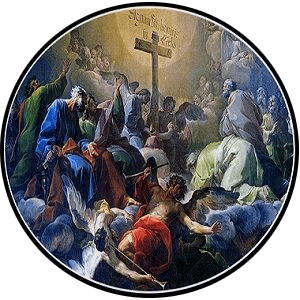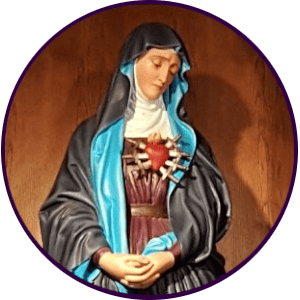Ss. Protus and Hyacinthus
They were eunuchs and retainers to St. Eugenia. Saints Protus and Hyacinthus are honored in the sacramentary of St. Gregory in the ancient Martyrology. The ancient calendar, drawn up in the pontificate of Liberius mentions their festival on September 11. Pope Damasus, in 366, removed the earth which hid their tomb, and during his pontificate…


